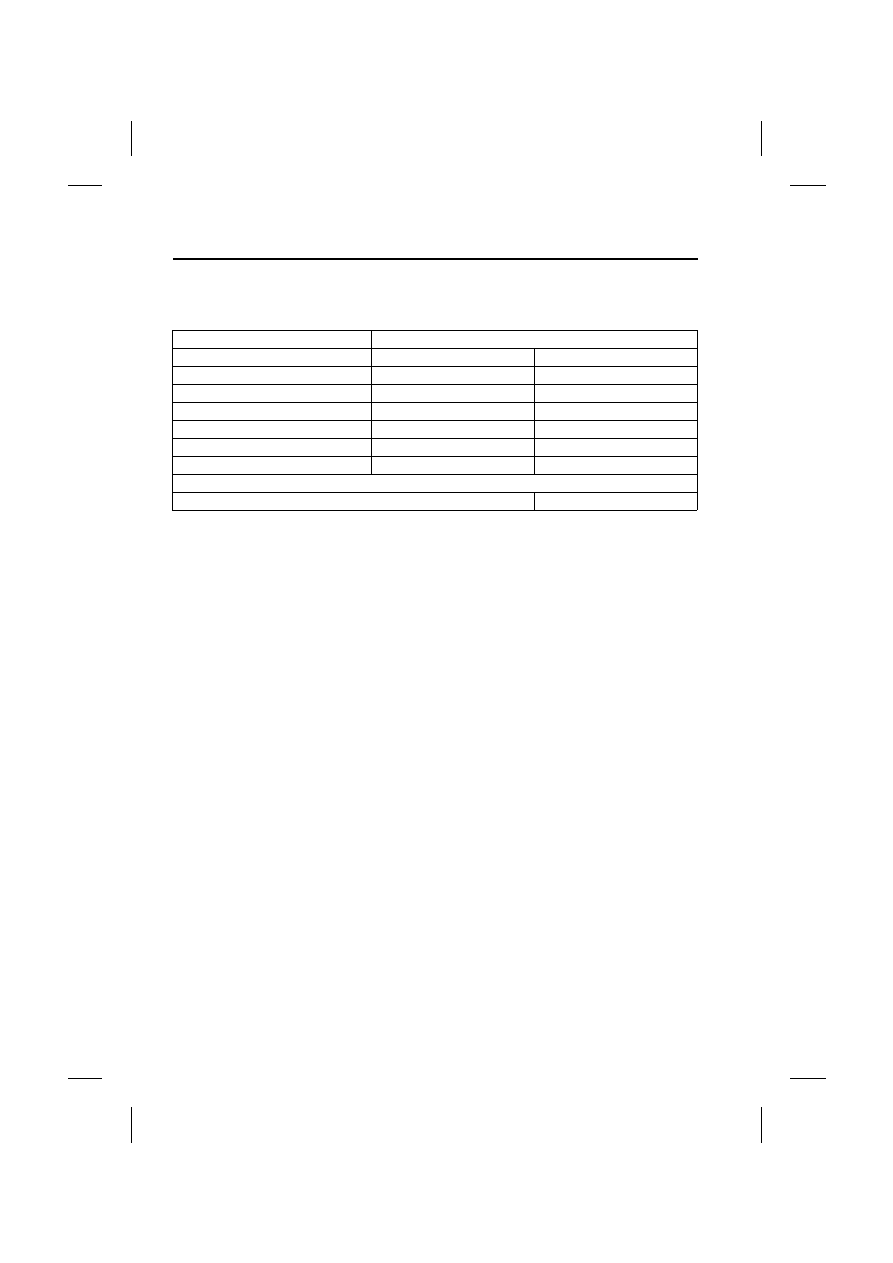Jaguar S-Type. Manual - part 49

Tire Pressures
204
L
Recommended tire pressures
The following table gives the tire
pressures for all recommended tire sizes:
Checking tire pressures
The following procedure should be used
to check and adjust the tire pressures:
1. Remove the valve cover.
2. Firmly attach a tire pressure gauge or
inflator to the valve.
3. Read the tire pressure from the
gauge. If required, add air to the tire.
4. If air is added to the tire, remove the
gauge from the valve and re-attach it
before checking that the pressure is
correct. Failure to remove and
re-attach the gauge from the valve
could cause the gauge to show an
incorrect reading.
5. If too much air is added, remove the
gauge from the valve and allow air out
of the tire by pressing the center of the
valve. Reconnect the gauge to the
valve, and check that the air pressure
is correct.
6. Refit the valve cover.
A slight natural pressure loss occurs with
time. If this exceeds 14 kPa (2 psi) per
week, the cause should be investigated
and rectified.
Note: It is an offence in certain countries
to drive a vehicle with tires that are not
inflated in accordance with the vehicle’s
proper use.
Tire Size
Tire Pressure
Front
Rear
235/50 R17
220 kPa (32 psi)
220 kPa (32 psi)
245/40 R18
240 kPa (35 psi)
240 kPa (35 psi)
245/40 R18 S/C
280 kPa (40 psi)
-
275/35 R18 S/C
-
280 kPa (40 psi)
245/35 R19 S/C
255 kPa (37 psi)
-
275/30 R19 S/C
-
269 kPa (39 psi)
Space-saver spare wheel (front or rear)
420 kPa (60 psi)